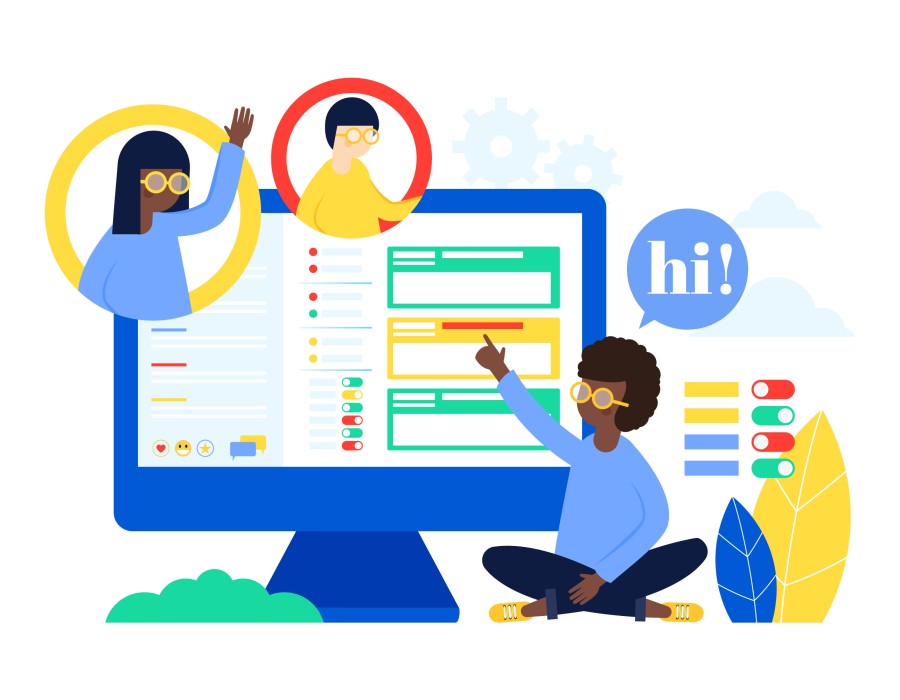Introduction
Hiring new employees is a critical task for any company. Traditionally, this process has been time-consuming and often challenging. Finding the right person for the job involves sorting through many applications, conducting interviews, and making decisions that can impact the company's future. However, with the rise of Artificial Intelligence (AI), the hiring process has been transformed. This blog will explore how AI Applicant Tracking System (ATS) are making hiring faster, fairer, and more efficient.
Understanding AI-Powered ATS
An Applicant Tracking System (ATS) is software designed to help companies manage the hiring process. It helps recruiters keep track of applications, organize resumes, and streamline communication with candidates. When AI is added to an ATS, it makes the system even more powerful.
AI allows the ATS to quickly scan and understand resumes, identify the most qualified candidates, and even predict who might be the best fit for a job. This means that recruiters can focus on the best candidates without getting bogged down in paperwork.
Top Benefits of AI in ATS
Speed: One of the biggest advantages of using AI in an ATS is the speed at which it can process applications. AI can scan hundreds of resumes in minutes, helping recruiters identify top candidates much faster than a human could.
Fairness: AI helps reduce human bias in the hiring process. Everyone has unconscious biases that can affect their decisions, but AI makes decisions based on data, not personal opinions. This ensures that each candidate is judged fairly.
Cost Savings: Hiring can be expensive, especially when it takes a long time to fill a position. By speeding up the process and helping recruiters focus on the best candidates, AI can save companies money.
Improved Candidate Experience: Communication is crucial during the hiring process. AI can help automate communication, keeping candidates informed about their application status and ensuring they have a positive experience.
How AI ATS Works
Resume Parsing: When a candidate submits a resume, the AI scans it to find important information like work experience, education, and skills. It then matches this information with the job description to find the best fit.
Candidate Screening: After parsing the resumes, the AI screens candidates based on the job's requirements. It ranks candidates according to their suitability, helping recruiters focus on the best matches.
Interview Automation: Scheduling interviews can be time-consuming, but AI can handle this task automatically. Some AI systems can even conduct initial interviews using chatbots or video.
Data-Driven Decision-Making: Finally, AI provides recruiters with insights and recommendations to make informed decisions. It uses data from resumes, interviews, and other assessments to predict which candidates are most likely to succeed.
Debunking AI in Recruitment Myths
AI replacing human recruiters: While AI can automate many tasks, it does not replace the need for human judgment. Recruiters are still essential, especially when it comes to evaluating soft skills and determining cultural fit.
AI bias and fairness: Some people worry that AI might be biased, but AI is designed to reduce bias by making decisions based on data. However, it’s important to ensure that the data used to train the AI is fair and diverse.
AI as only a big company tool: AI-powered ATS is not just for large companies. Many ATS providers offer solutions that are affordable and scalable, making AI accessible to businesses of all sizes.
Real-World Success Stories
Many companies have successfully integrated AI-powered ATS into their hiring processes. For example, a tech company was able to reduce its time-to-hire by 30% after implementing an AI ATS. The system’s ability to quickly screen candidates allowed the recruitment team to focus on high-potential applicants, leading to faster hires.
Another example is a retail chain that used AI ATS to manage a large volume of seasonal job applications. The system helped the company process applications faster and improved the quality of their hires, reducing turnover rates.
Looking Ahead: The Future of AI in ATS
The future of AI in recruitment looks bright. As technology continues to improve, AI ATS will likely become even more advanced. For example, predictive analytics could help companies identify candidates who are not only a good fit for the job but also likely to stay with the company long-term. We might also see the use of virtual reality for interviews and AI-driven onboarding processes.
Conclusion
AI-powered Applicant Tracking Systems are changing the way companies hire. From speeding up the process to making fairer decisions, AI offers many benefits that can help businesses find the right talent more efficiently. As AI technology continues to evolve, its role in recruitment will only grow. Companies that embrace these changes will be better positioned to attract and retain top talent





Comments